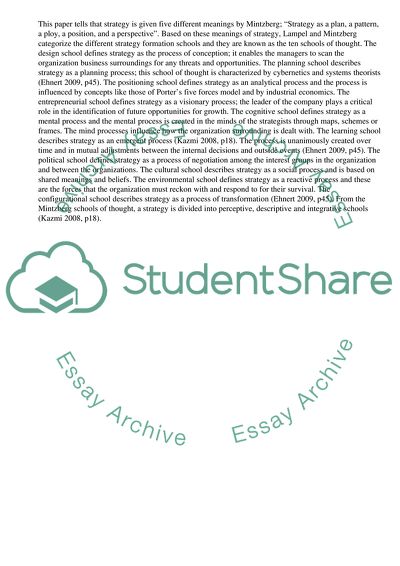Cite this document
(Business Management for Built Environment Professionals Assignment, n.d.)
Business Management for Built Environment Professionals Assignment. Retrieved from https://studentshare.org/business/1750520-individual-assignment-2-business-management-for-built-environment-professionals
Business Management for Built Environment Professionals Assignment. Retrieved from https://studentshare.org/business/1750520-individual-assignment-2-business-management-for-built-environment-professionals
(Business Management for Built Environment Professionals Assignment)
Business Management for Built Environment Professionals Assignment. https://studentshare.org/business/1750520-individual-assignment-2-business-management-for-built-environment-professionals.
Business Management for Built Environment Professionals Assignment. https://studentshare.org/business/1750520-individual-assignment-2-business-management-for-built-environment-professionals.
“Business Management for Built Environment Professionals Assignment”, n.d. https://studentshare.org/business/1750520-individual-assignment-2-business-management-for-built-environment-professionals.


